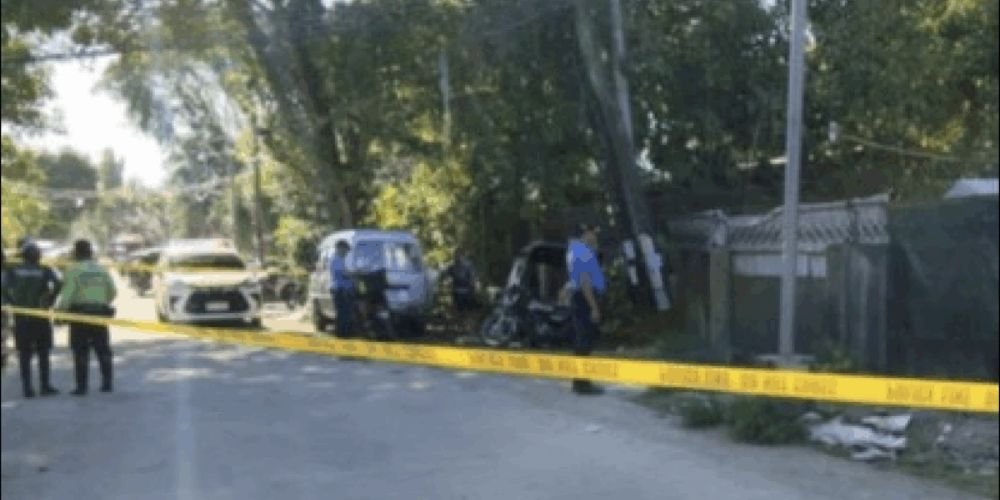The 2025 Philippine midterm elections, held on May 13, were marred by multiple cases of election-related violence and several technical hiccups that raised concerns about voter safety and election integrity.
While the Commission on Elections (Comelec) has downplayed the glitches as manageable, the number of incidents paints a more complicated picture of this year’s polls.
Deadly Incidents in Several Regions
In Basilan, a predawn clash near Hadji Muhtamad town left three people dead—including a poll watcher—and two others injured. Authorities are still investigating the cause of the boat clash, but the deaths have already added to the growing list of casualties tied to the polls.
Meanwhile, in Negros Occidental, a shooting in Barangay Mambulac, Silay City resulted in the deaths of two individuals and injuries to five others. Among the suspects is a barangay captain from a nearby village.
Lanao del Sur saw another fatal incident on election day itself, when a municipal council candidate and his brother were shot dead. In Bohol, a barangay councilor was also gunned down on the eve of the elections.
Other incidents include the arrest of twelve armed men and a lawyer in Abra for violating the election gun ban, as well as the arrest of four men with assault rifles in Maguindanao del Sur.
In Sibonga, Cebu, authorities stopped what appeared to be a planned ambush, arresting two suspects. While no mass-scale violence occurred, these isolated yet serious incidents have triggered questions about overall security preparedness during the elections.

Technical Issues Raise Eyebrows
Apart from safety concerns, voters in several regions encountered delays and confusion due to issues with the vote-counting machines (VCMs). Some machines reportedly failed to accept ballots due to smudged optical readers, while others had misconfigured software.
In particular, Comelec was flagged for implementing an updated software version (3.5) that had not gone through the usual certification process. Election watchdogs voiced concerns over the lack of transparency, with some groups pushing for a parallel manual count as a safeguard.
Ballot mix-ups were also reported in parts of Central Visayas, where election materials meant for one municipality were accidentally sent to another. Comelec regional offices, however, clarified that these issues were addressed on the ground and did not result in widespread disenfranchisement.
Comelec Responds
Despite the challenges, Comelec officials emphasized that the overall voting process remained orderly. They categorized most of the reported glitches as “very manageable” and noted that contingency plans had been activated where needed.
Security forces also ramped up their presence across high-risk areas, with checkpoints and quick-response teams deployed to prevent further disruptions.
What Happens Next?
As canvassing and vote tabulation continue, attention is now shifting to how Comelec and other institutions will address post-election complaints and technical audit requests. Questions about the software update and ballot handling protocols may likely lead to hearings or formal investigations in the coming weeks.
For now, the 2025 midterms have highlighted two ongoing challenges in Philippine democracy: securing peaceful elections and maintaining trust in the electoral process.
While the majority of voters were able to cast their ballots without issue, the incidents that did occur reveal there’s still ground to cover when it comes to election readiness and transparency.











